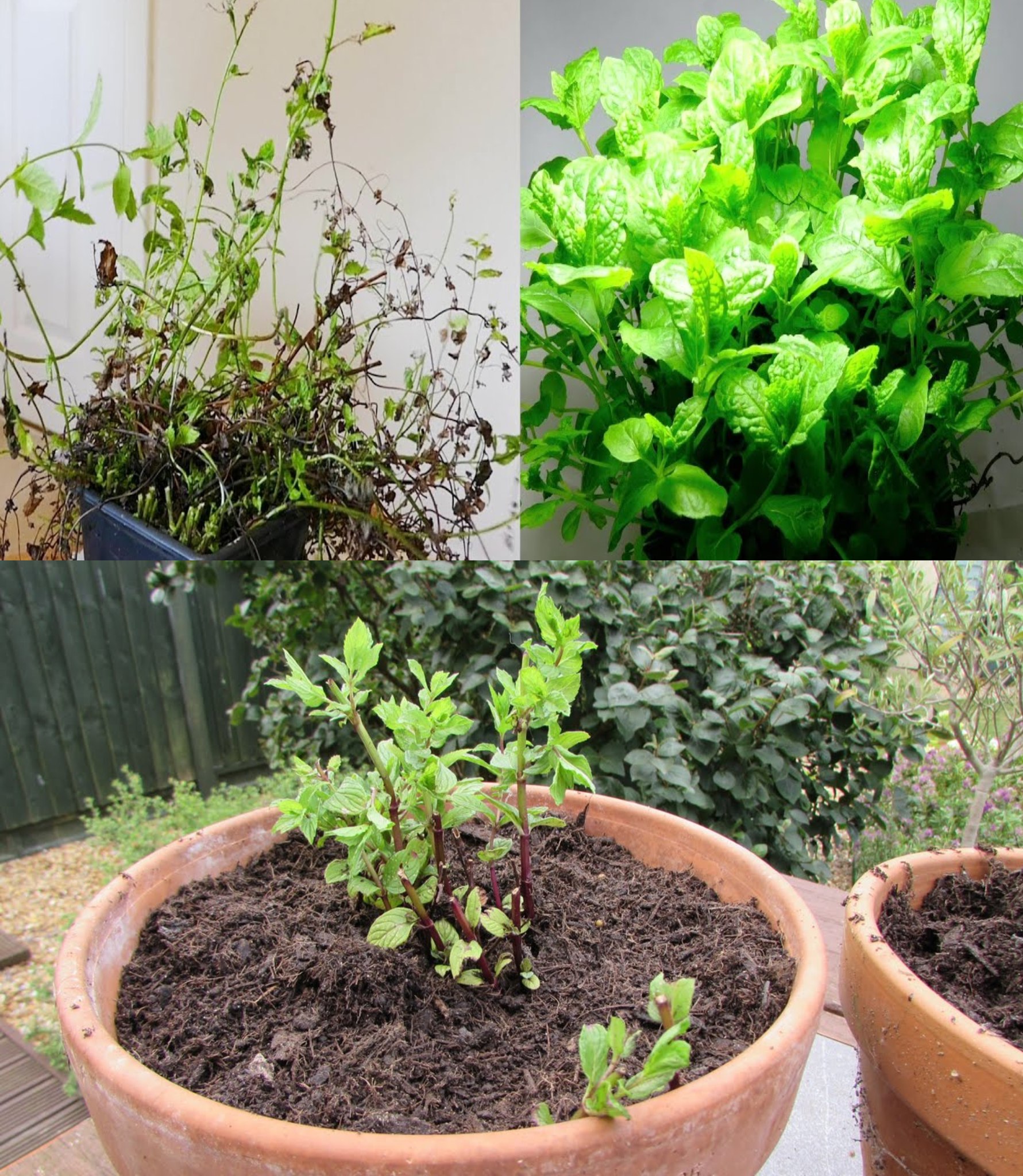
Mint is a highly valued aromatic herb, prized for its versatile applications in cooking and the preparation of beverages. This is why many people opt to cultivate mint at home. Moreover, its distinctive fragrance can contribute to scenting your living space. What’s more, the numerous health benefits of this herb have prompted us to provide guidance on caring for a mint plant.
Keep your mint lush and vibrant with this gardening trick!
When cultivating mint, it’s crucial to note that it thrives in temperatures between 13-15°C at night and 18-21°C during the day. Additionally, the season of the year matters for planting: in spring and summer, position it towards the east; in autumn and winter, orient it to the south or west. Ideally, you should plant mint in spring or autumn, ensuring it receives morning sun and afternoon shade. Alternatively, you can start with a small, already established seedling.
- Mint Soil Requirements
If you intend to directly sow mint into the ground, choose a moist area in your garden with a pH between 6.0 and 7.0. Before planting, clear any weeds to ensure your mint receives essential nutrients and prevents disease development.
- Growing Mint in Pots
Growing mint requires ample space for healthy growth. Therefore, provide adequate space for your starter plant, as it will produce cuttings and/or seeds. Use a large pot with drainage holes and place a saucer beneath it to facilitate excess water absorption.
- Planting Mint in the Garden
One of the challenges in caring for mint plants in a garden is their tendency to overgrow. To control this, bury a container in the planting area, which will contain its growth. Periodically check the container to prevent uncontrolled expansion.
Before sowing seeds or cuttings, moisten the soil to aid growth. Apply a thin layer of humus and space each cutting or seed 15-30 cm apart. When using seeds, plant them no deeper than 3 cm, while cuttings should be around 5 cm deep.
- Propagating Mint with Cuttings or Seeds
Mint can be propagated using cuttings or seeds. To obtain cuttings, trim 12-15 cm from a healthy plant, remove lower leaves, and place the stem in a glass. Put it by a window receiving 4-6 hours of sunlight daily. Once the roots have grown sufficiently, transplant them into the ground. Maintain proper watering during this period. In pots, use one branch per pot, or more if the pot is large, while maintaining the recommended spacing.
- Mint Plant Care
Taking care of a mint plant is straightforward but requires occasional fertilization. Keep the soil moist with mulch to prevent excessive spreading. If your mint is in a pot, rotate it every few days to ensure even growth, as it tends to lean towards the sun. Adding compost and mulch during colder months is beneficial.
- Watering Mint
Continuous watering is necessary to care for your mint plant. However, it’s not essential to water it daily; instead, ensure the soil remains consistently moist but not waterlogged. If your plant wilts, it may be due to factors like insufficient sunlight or over/under-watering.
- Harvesting Mint
Caring for a mint plant at home includes harvesting, ideally just before it flowers to maximize flavor and aroma. Harvest by cutting above the first or second set of leaves. During harvesting, remove any yellowish leaves to encourage optimal and thicker growth. You can harvest up to three times per season.
As a side note, if you plan to grow mint in your garden, it pairs well with cauliflower and broccoli but should be kept separate from parsley.